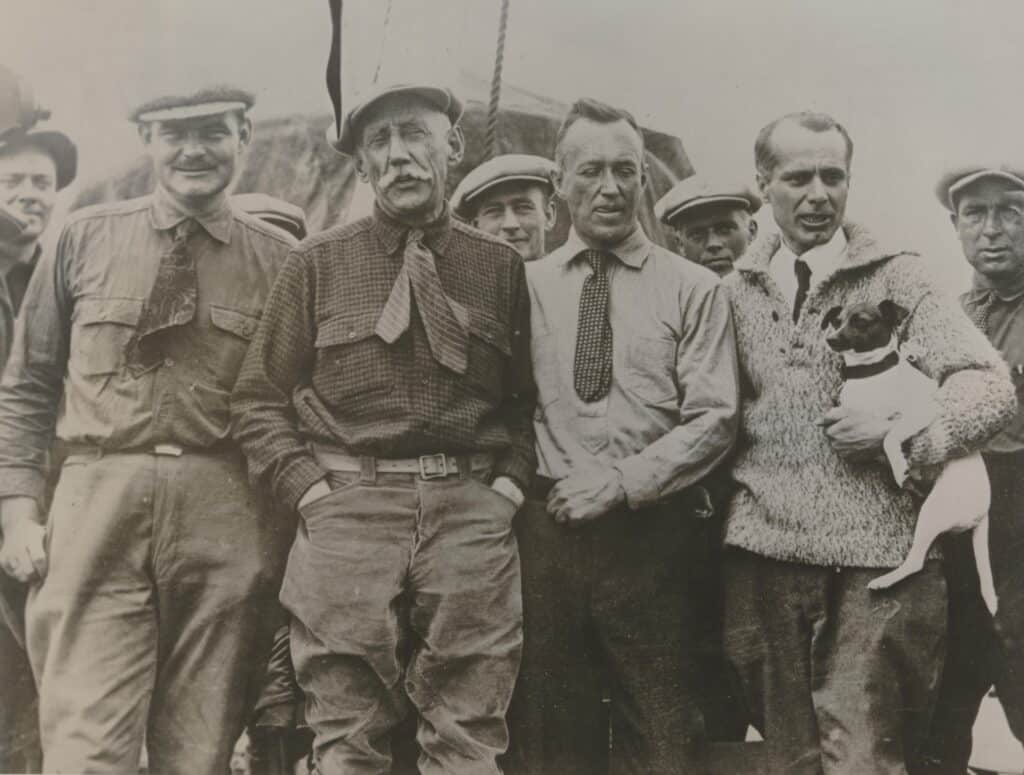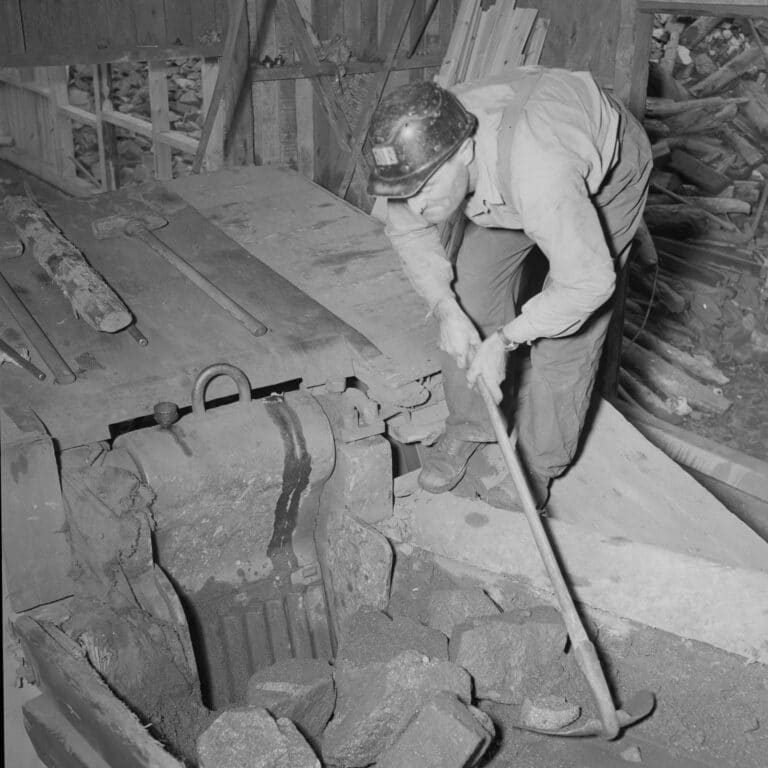In 1926, renowned Norwegian explorer Roald Amundsen embarked on a daring mission to cross the North Pole by airship. This article retraces the steps of Amundsen's groundbreaking expedition aboard the Norge, highlighting the courage, innovation, and determination that led to this historic achievement. Explore the planning stages, the unexpected challenges encountered during the flight, and the far-reaching impact of this monumental journey.
The vessel for this extraordinary voyage was the Norge, a semi-rigid airship crafted by Italian engineer Umberto Nobile. It was no ordinary vessel: The Norge was designed to withstand the harsh Arctic conditions and had the ability to carry a substantial crew and payload. Its remarkable specifications were:
Such features were considered a significant leap in aeronautical capabilities in 1926.

The expedition began in Spitsbergen, an island in the Svalbard archipelago. From this icy outpost, the Norge was set to traverse the unknown realms of the high Arctic, carrying its crew of seasoned explorers towards the geographical North Pole. Their journey was not just an exploration of the Arctic, but also a bold testament to the boundless potential of human ingenuity and bravery.


Despite the inherent risks and multiple challenges, the expedition was a triumph. The Norge successfully flew over the North Pole, marking a new chapter in polar exploration and cementing Amundsen’s legacy as one of history’s greatest explorers. The successful flight of the Norge stands as a tribute to the pioneering spirit of all those brave enough to venture into the unknown and push the boundaries of human discovery.
The journey commenced from Ny-Ålesund, a small settlement on the island of Spitsbergen in Svalbard, Norway, on May 11, 1926. The airship used for this journey was the Norge, designed by Italian aeronautical engineer Umberto Nobile.
The airship headed northwards from Svalbard, reaching the geographic North Pole on May 12, 1926. After a brief moment of celebration, the airship continued its journey, flying across the Arctic Ocean.
It then passed over the uninhabited areas of northernmost Alaska before landing in the small town of Teller, Alaska, on May 14, 1926. This was the first verified trip to the North Pole and the first airship flight over the polar ice cap from Europe to America.
The expedition covered approximately 3,600 miles (about 5,800 kilometers) and took a total of 72 hours, marking a significant achievement in the history of polar exploration.
![1926 – Map of the Arctic with " Norge"'s itinerary plotted from Ny-Ålesund in Svalbard to Teller in Alaska [glass slide]](https://fabventura.com/wp-content/uploads/2023/05/itinerary-1336x1536.jpg)
On May 12, 1926, after several tense hours of flight, the Norge emerged over Teller, Alaska, signaling the completion of their pioneering Polar journey. The crew, led by Amundsen, Nobile, and American explorer Lincoln Ellsworth, had successfully achieved what no one had before – a confirmed, witnessed crossing of the North Pole.
The expedition provided valuable scientific data about the Polar region. However, its real impact lay in the inspiration it provided. The audacious journey demonstrated that with the right combination of skill, technology, and courage, even the most inhospitable corners of the globe could be explored.

Almost a century later, the story of Amundsen’s airship expedition still resonates. The image of the Norge, soaring above the icy Arctic wastes, remains a potent symbol of the human urge to explore and understand our world. Amundsen’s 1926 North Pole expedition serves as a testament to the power of innovation and bravery, providing lessons that continue to inspire today’s explorers and adventurers.
So, as we remember Roald Amundsen and his airship expedition, let’s also celebrate the enduring human spirit that drives us to push boundaries, overcome adversity, and venture into the unknown.
